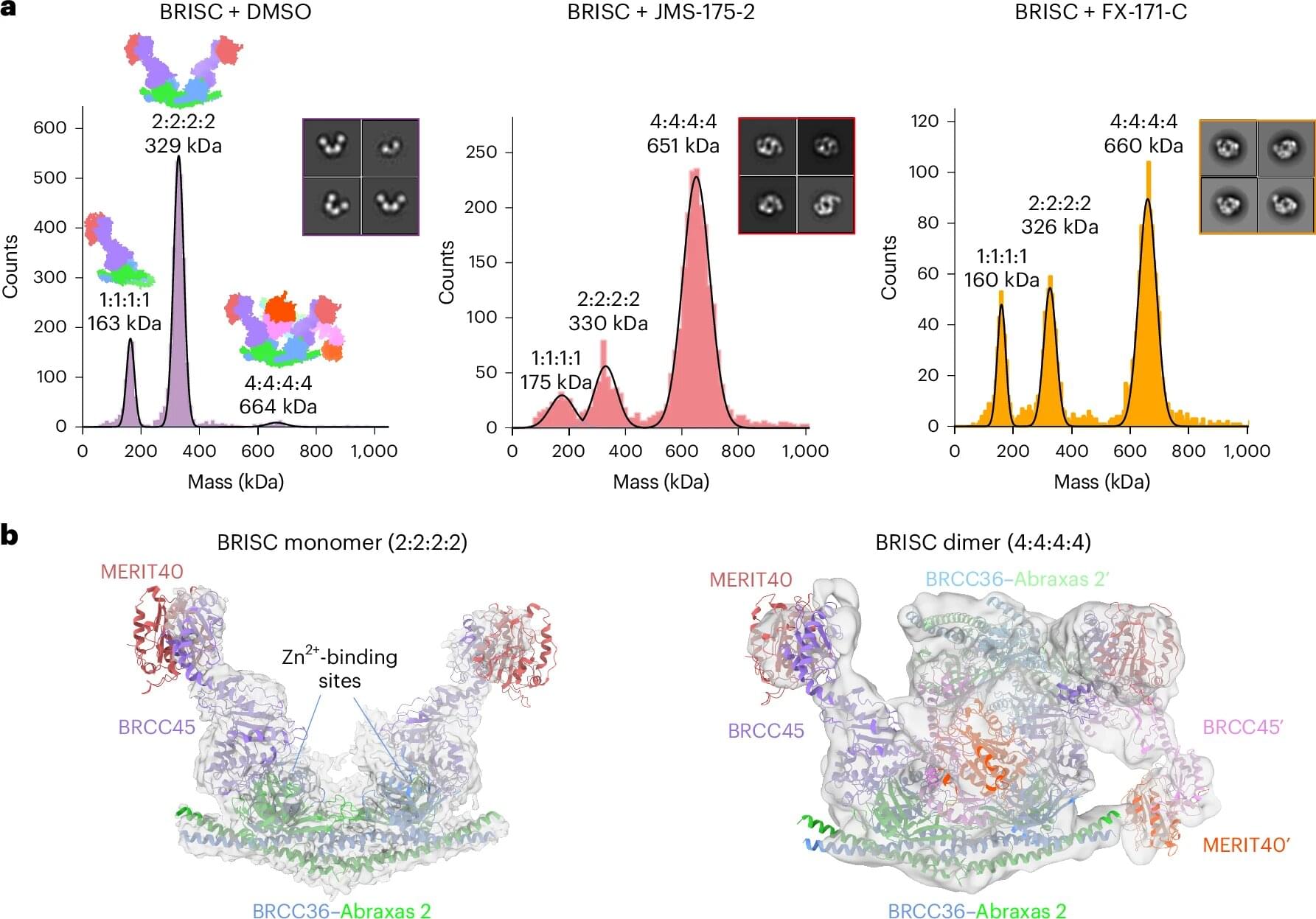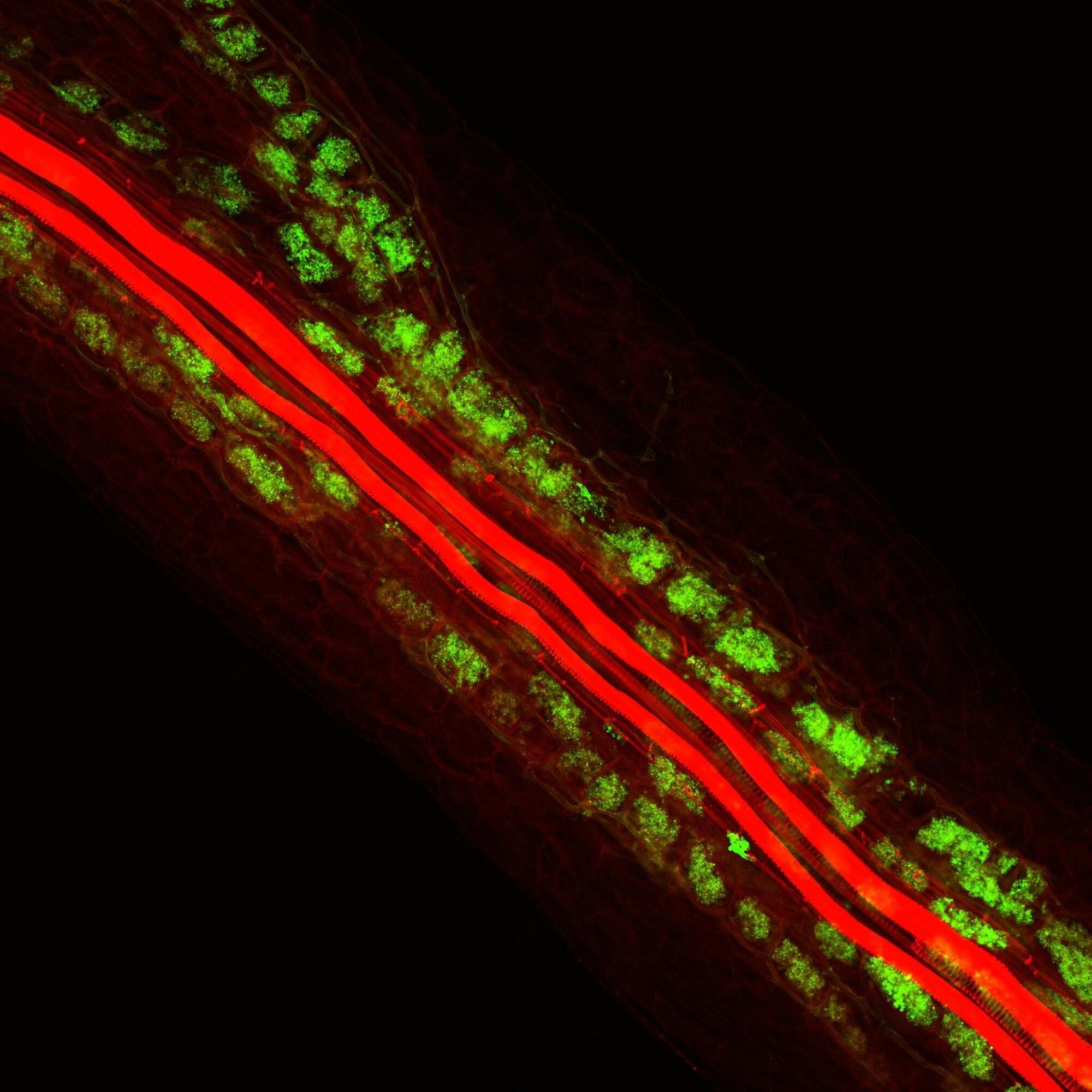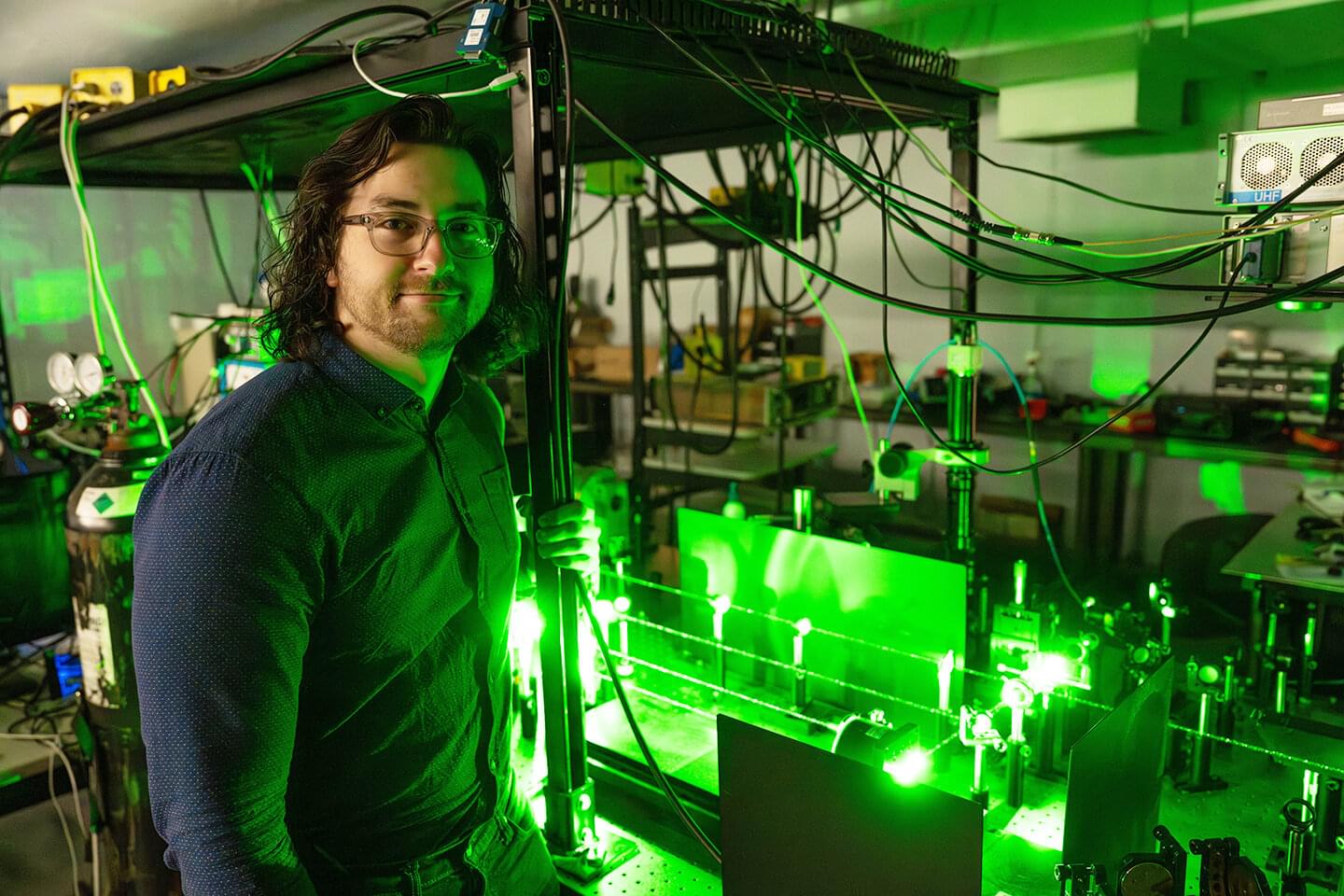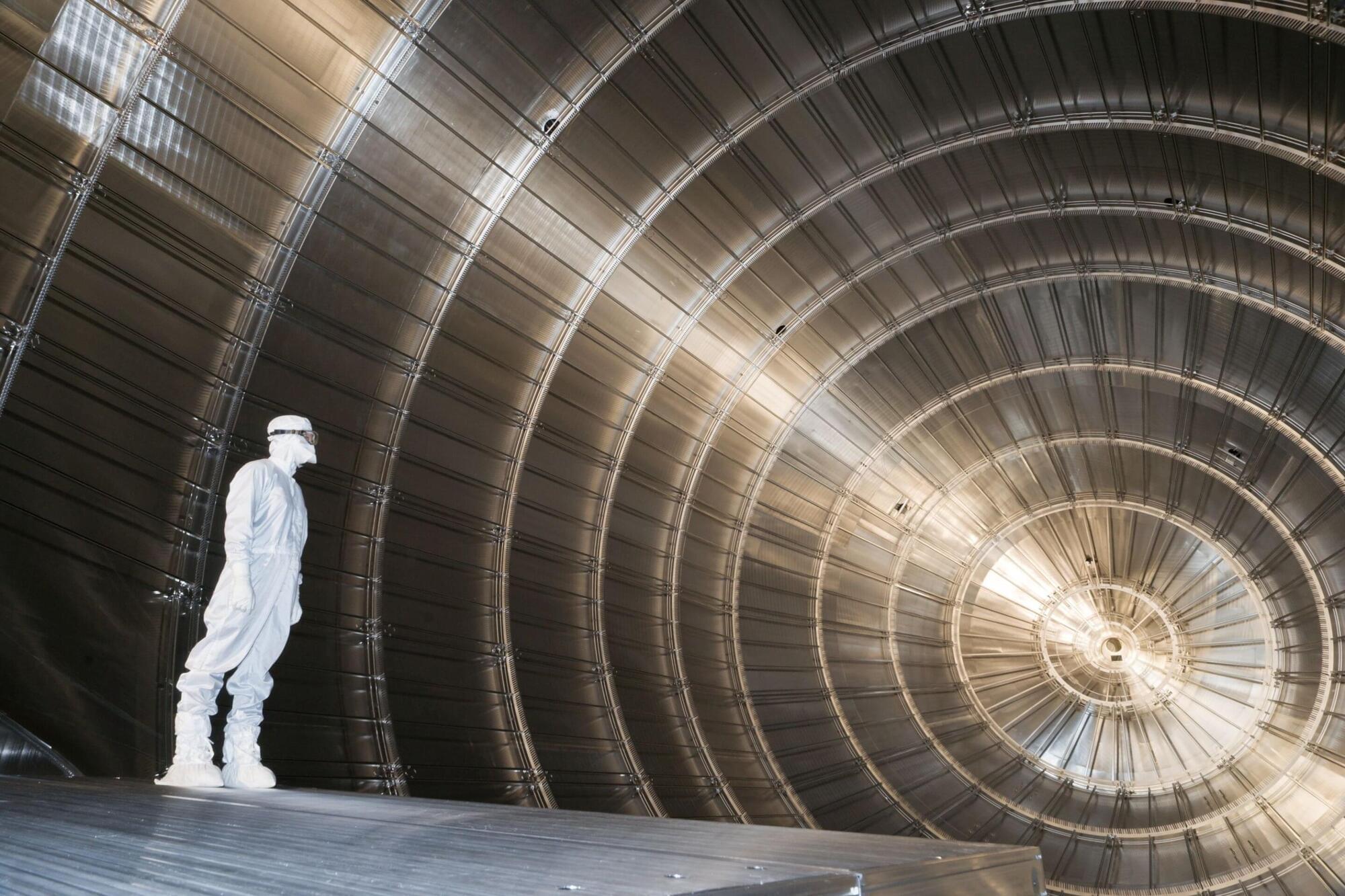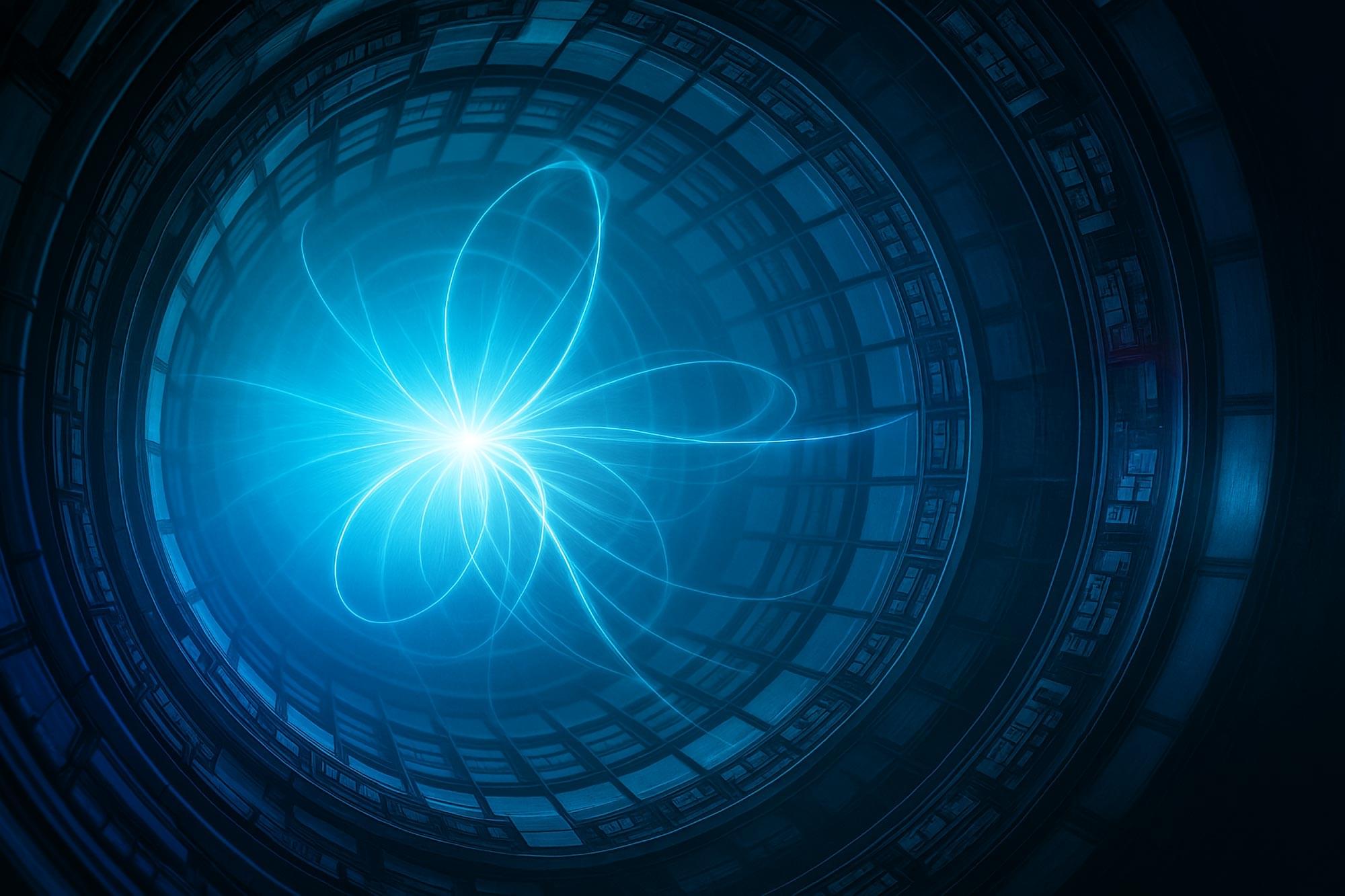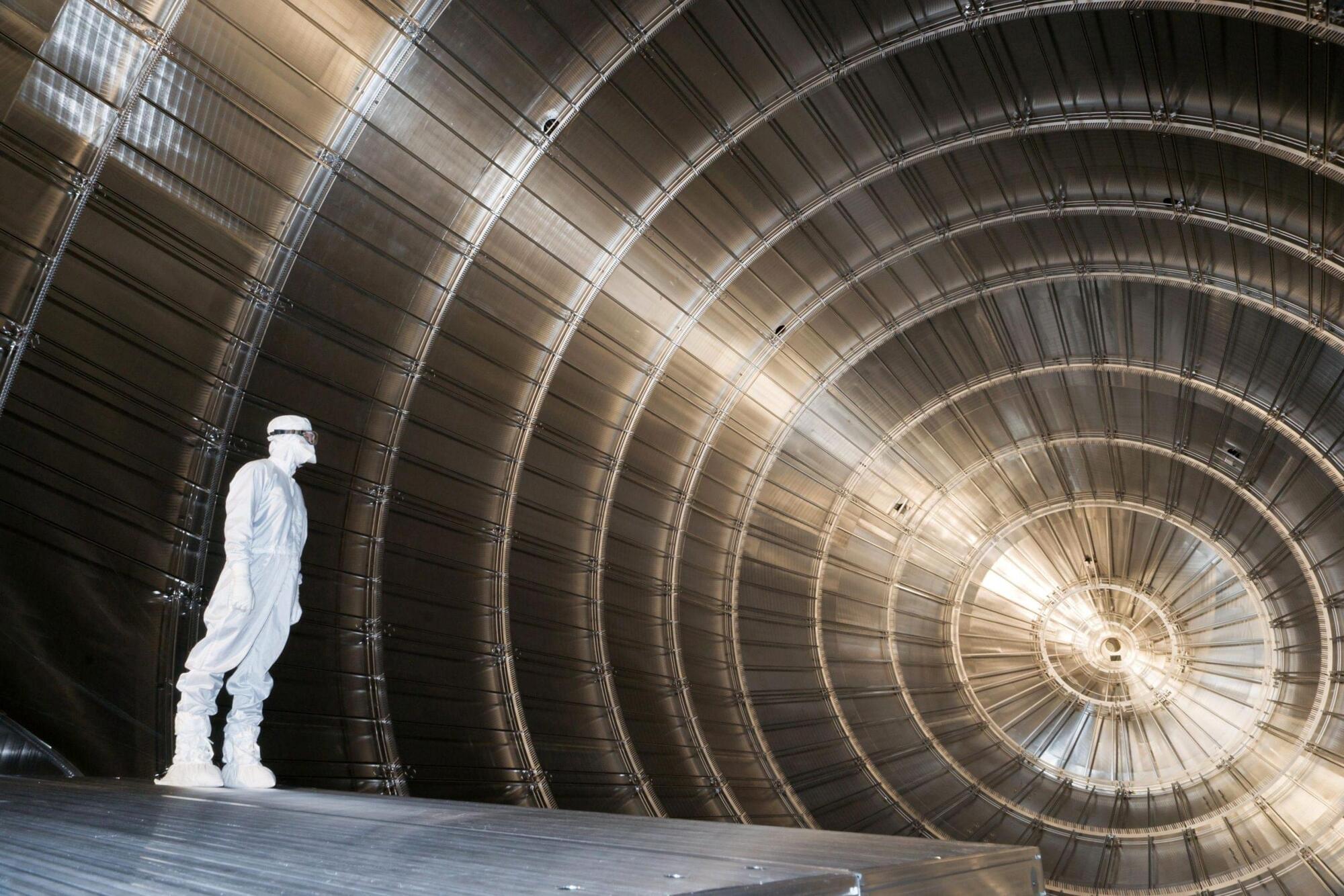Researchers have discovered a type of “molecular glue” that can be used to inhibit certain pathological protein interactions. Their findings were published in the paper, “Molecular glues that inhibit deubiquitylase activity and inflammatory signaling,” in Nature Structural & Molecular Biology.
The Wistar Institute’s Joseph Salvino, Ph.D.—in collaboration with Elton Zeqiraj, Ph.D., of The University of Leeds and Roger Greenberg, M.D., Ph.D., of The Perelman School of Medicine at the University of Pennsylvania—led the study.
“Molecular glues are an exciting new area of research that allows us to fight disease by working with the body’s systems rather than against them,” said Dr. Salvino. “By gluing together an inactive form of the BRISC complex with our system, we’re able to reduce the continuous inflammatory signaling due to dysregulated BRISC complex activity in autoimmune diseases.”
